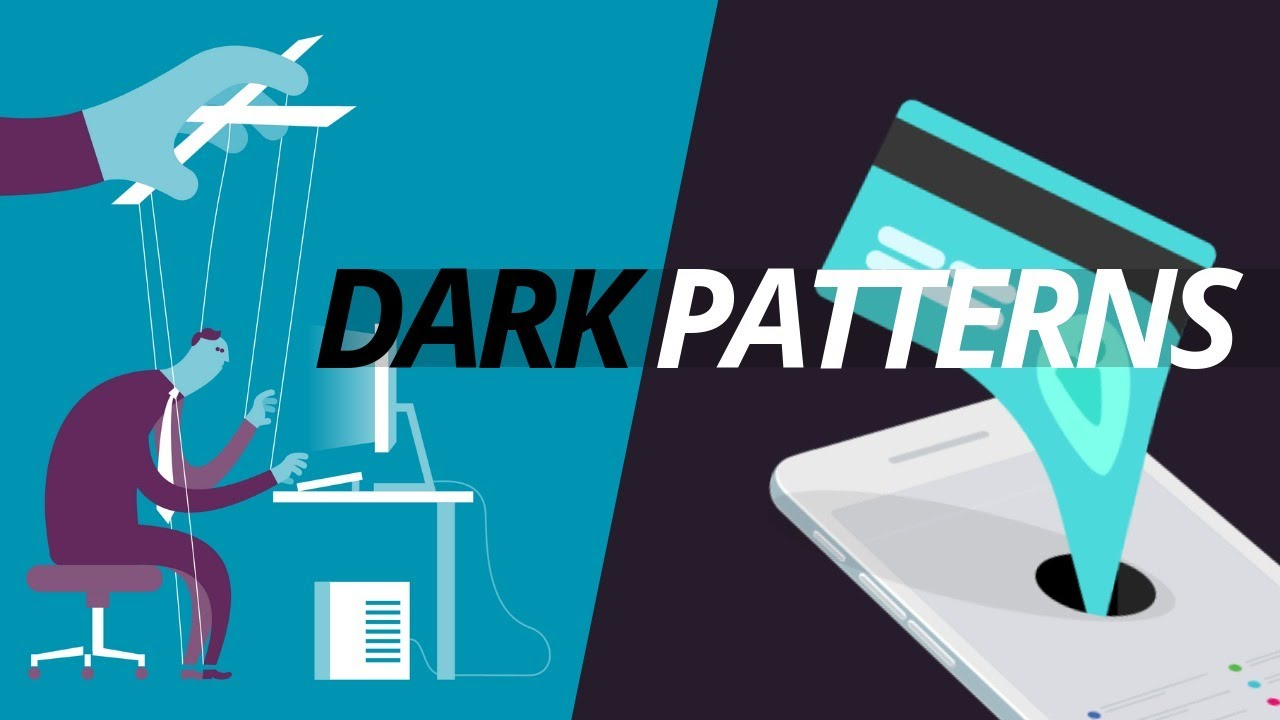Introduction: In the ever-changing digital ecosystem, customers face various obstacles, not the least of which are the fraudulent methods used by some online platforms. These strategies, known as “dark patterns,” are intended to influence consumer behavior in ways that benefit corporations, sometimes at the price of user experience and trust. Understanding these dark patterns and their impact on consumer behavior is critical to creating a more transparent and ethical digital environment.
What Are Dark Patterns?
Dark patterns are user interface (UI) design choices that trick users into taking actions they might not otherwise take. Coined by Harry Brignull in 2010, the term encompasses a variety of manipulative techniques, such as:
Bait and Switch: A design where the user thinks they are choosing one thing, but they are actually selecting another. For example, clicking a button that seems to decline an offer but instead accepts it.
Hidden Costs: Unexpected costs that appear late in the checkout process, leading users to spend more than they intended.
Forced Continuity: Making it difficult for users to cancel a subscription or service, often after a free trial period.
Roach Motel: A design that makes it easy to get into a situation (like a subscription) but difficult to get out of it.
Sneak Into Basket: Adding additional products or services to a user’s shopping cart without their explicit consent.
Confirmshaming: Using guilt-inducing language to steer users away from opting out of certain actions or choices.
These deceptive practices exploit cognitive biases and psychological principles to steer users towards decisions that they might not make if they had all the relevant information presented in a clear and straightforward manner.
The Impact on Consumer Behavior
The presence of dark patterns can significantly alter consumer behavior in several ways:
Eroding Trust: When users realize they’ve been deceived, their trust in the platform and the brand can be severely damaged. Trust is a crucial factor in customer retention and brand loyalty.
Decision Fatigue: Dark patterns often contribute to decision fatigue, where users become overwhelmed by the choices and manipulative tactics presented to them. This can lead to poor decision-making or abandoning the platform altogether.
Financial Loss: Hidden costs and forced continuity can result in unexpected financial burdens for consumers. These practices can lead to increased dissatisfaction and disputes.
Negative Word of Mouth: Deceptive practices can lead to negative reviews and word-of-mouth recommendations, which can harm a brand’s reputation and deter potential customers.
Legal Repercussions: In some jurisdictions, the use of dark patterns can lead to legal action against the company. Regulatory bodies are increasingly scrutinizing these practices and enforcing stricter rules to protect consumers.
Combating Dark Patterns
Addressing the issue of dark patterns requires a multifaceted approach:
Regulation and Legislation: Governments and regulatory bodies need to establish clear guidelines and regulations to prevent the use of dark patterns. This includes enforcing transparency in online transactions and penalizing deceptive practices.
Consumer Education: Educating consumers about dark patterns and how to recognize them can empower users to make more informed decisions. Awareness campaigns and resources can help users navigate the digital landscape more effectively.
Ethical Design: Companies should prioritize ethical design principles that focus on user-centric approaches. This includes transparency, consent, and ease of use, ensuring that users have control over their decisions without manipulation.
Industry Collaboration: Collaboration within the industry can lead to the establishment of best practices and standards that discourage the use of dark patterns. Companies can work together to promote ethical design and create a healthier digital ecosystem.
Conclusion
The web of lies and deception woven through dark patterns poses significant challenges to consumer behavior and trust in the digital age. By understanding these manipulative tactics and their impact, we can work towards a more transparent, ethical, and user-friendly online environment. Through regulation, education, ethical design, and industry collaboration, it is possible to combat dark patterns and foster a digital landscape that respects and empowers consumers.
FAQs on Dark Patterns and Consumer Behavior
1. What are dark patterns in user interface design?
Dark patterns are deceptive design tactics used in user interfaces to manipulate users into taking actions they might not otherwise take, often benefiting the business at the user’s expense.
2. How do dark patterns affect consumer trust?
When users realize they’ve been deceived by dark patterns, their trust in the platform and brand can be severely damaged, leading to customer dissatisfaction and loss of loyalty.
3. Can dark patterns lead to financial loss for consumers?
Yes, dark patterns such as hidden costs and forced continuity can result in unexpected financial burdens for consumers, leading to increased dissatisfaction and disputes.
4. Are there any legal repercussions for using dark patterns?
In some jurisdictions, the use of dark patterns can lead to legal action against the company, as regulatory bodies are increasingly scrutinizing and enforcing rules to protect consumers.
5. How can consumers protect themselves from dark patterns?
Consumers can protect themselves by staying informed about common dark patterns, carefully reading terms and conditions, and using tools or resources that help identify deceptive practices.


